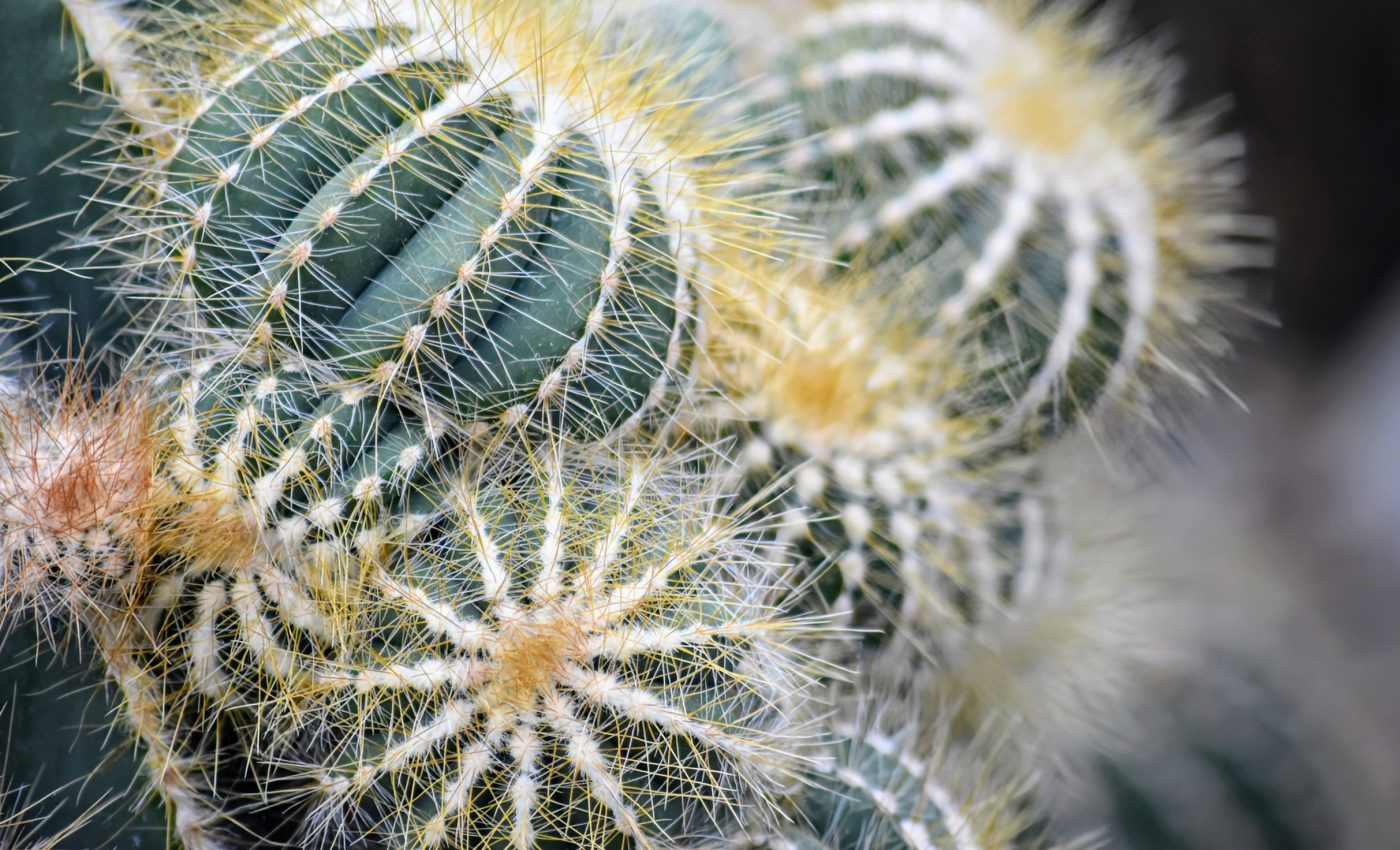
What's the secret behind the stunning diversity of cacti?
Let’s talk about cacti, the prickly plants we adore as quaint household adornments or gigantic landscape wonders. From the towering saguaro reaching heights of up to 18 meters to the petite button cactus barely peaking the soil’s surface, the cactus family boasts an impressive range. But what’s the secret behind cacti’s evolution and stunning diversity?
Researchers from the Milner Centre for Evolution at the University of Bath set out to decode this mystery, and their discoveries have turned our existing beliefs on their head.
Unearthing the (climate) misconception
Contrary to the long-held belief that arid climates are the cradle of cactus diversity, these scientists have discovered otherwise.
Intriguing findings from the study suggest that it’s not merely the dryness of climate, but factors like the daily temperature swing, the grainy texture of the soil, and the turn of seasons, that play the pivotal roles in cactus evolution.
Vast diversity of cacti
Fascinatingly, even though cacti have become a worldwide favorite as interior decorations, they are originally from the New World, native to North, Central, and South America alone. Mexico seems to be the hotspot of cactus diversity, boasting the highest species richness.
The Bath researchers embarked on a quest to piece together all known published data on cacti, aiming to dig deeper into the roots of their vast diversity. The team has constructed the largest ever evolution tree of cacti using copious DNA sequences.
Dynamics of cactus evolution
To understand the interplay of various biological factors contributing to cactus diversity, the team used machine learning methods.
Analyzing variables like plant size, geographical range, soil sand content, aridity, and diurnal temperature range, the researchers painted a clearer picture of cactus evolution dynamics – a triumph of data and technology.
In a surprising twist, the team discovered that while Mexico flaunts the highest number of cactus species, it simultaneously exhibits the slowest evolutionary rate, debunking the idea that the arid Mexican climate primarily ejects the new cactus species into existence.
Cacti climate sensitivity
After conducting the research at the Milner Centre for Evolution, University of Bath, study lead author Dr. Jamie Thompson provides some much-needed perspective. He notes that despite their tough exterior, cacti are actually more prone to extinction than other plants.
“Because there is the highest biodiversity in Mexico, it was assumed this was because the conditions there were best for evolution of species,” said Dr. Thompson.
“However, our study shows this isn’t the case – instead Mexico has the slowest rate of speciation but has lots of biodiversity because the extinction rates are slower. In other words, the Mexican climate is not necessarily better at producing new species but good at preserving existing ones.”
Role of climate in cacti survival
Climatic conditions extend beyond simple aridity; they shape the very survival strategies of cacti. Their adaptations, such as water retention mechanisms and the unique structure of their spines, serve not only as protection from herbivores but also aid in minimizing water loss.
In their quest for survival, cacti have evolved to thrive in environments that oscillate between extremes, showcasing their remarkable resilience.
Understanding how these plants respond to fluctuating climatic variables enhances our comprehension of their ecological roles and resilience in the face of climate change.
Conservation efforts
As the evolution research highlights the vulnerabilities of cacti, conservation efforts become increasingly important.
Acknowledging the pressing threats of habitat loss, climate change, and illegal trade, environmentalists are advocating for protective measures that embrace the delicate balance of ecosystems where cacti flourish.
Future research must focus on developing robust conservation strategies and restoring habitats to ensure the protection of these unique plants.
The future of cacti
Study co-author Dr. Nick Priest, also from the Milner Centre for Evolution, expressed concern over the future of cacti.
“Our work shows that cacti are not as successful as we thought, and are more vulnerable to climate change. This is concerning – if cacti can’t thrive in our changing climate, what chance do other plants have?”
Funded by a scholarship from Roger and Sue Whorrod, and the University of Bath, this enlightening study has reshaped our understanding of cacti evolution and diversity.
The research sheds light on the intricacies of nature’s mechanisms – an invitation for us to adapt our actions in harmony with our environment.
The study is published in the journal Nature Communications.
—–
Like what you read? Subscribe to our newsletter for engaging articles, exclusive content, and the latest updates.
Check us out on EarthSnap, a free app brought to you by Eric Ralls and Earth.com.
—–













